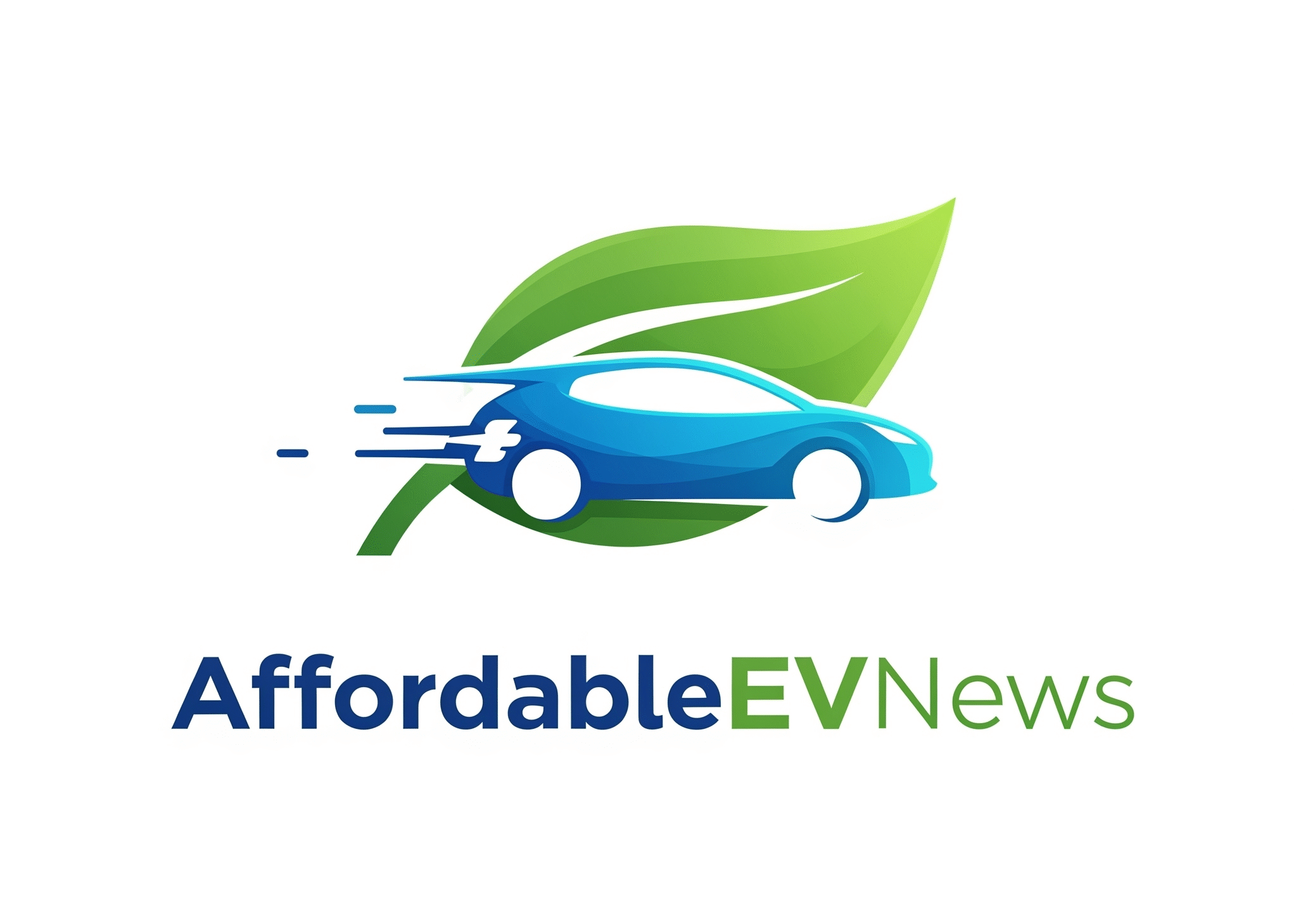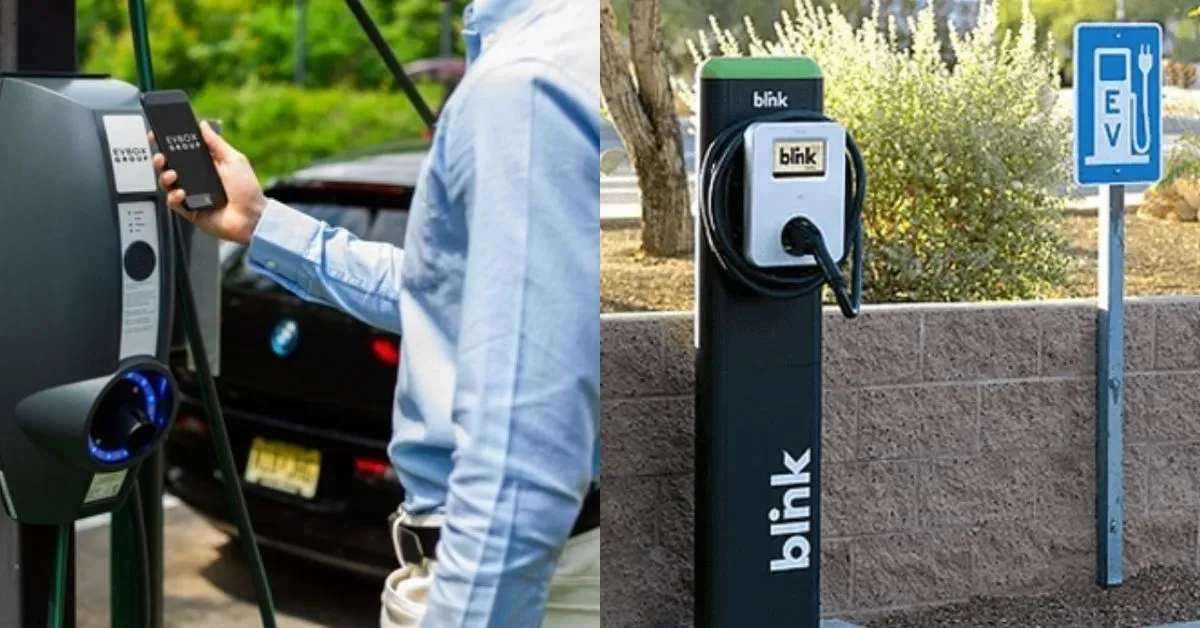As the electric vehicle (EV) charging industry undergoes major restructuring across Europe and North America, Blink Charging has stepped up to support thousands of Everon customers left adrift by EVBox’s shutdown. Following EVBox’s decision to exit its AC hardware and Everon software operations, Blink Charging is taking the lead in ensuring continuity, stability, and innovation in EV charging infrastructure.
The Collapse of EVBox: A Shock to the EV Ecosystem
Once a major player in EV infrastructure across the UK, Germany, the Netherlands, and the U.S., EVBox faced €800 million in cumulative losses, forcing parent company Engie to announce the full liquidation of the EVBox group in October 2024. The shutdown left countless charging station hosts without clear support or service continuity.
To ease the transition, Everon recommended Blink Charging as the preferred successor, entrusting them with the customer base built over years of deployment.
Blink Charging’s Swift, Customer-First Transition Plan
Blink Charging (Nasdaq: BLNK) responded immediately, assuring Everon customers that they are “here to help them navigate this transition”. With a mix of operational know-how and scalable infrastructure, Blink is offering:
- Expert evaluation of current EV charging setups
- Maintenance and technical support for existing hardware
- Upgrade options to Blink’s future-ready chargers
- Fast delivery and shipping to minimize downtime
Whether customers manage large networks or a few local stations, Blink Charging Everon transition plans are tailored for uninterrupted service.
Blink Network: Real-Time Control and Business Insights
At the heart of Blink’s offering is its proprietary Blink Network portal, accessible via app or desktop. The portal allows hosts to:
- Monitor charger status and energy usage in real time
- Set flexible pricing for charging sessions
- Generate downloadable performance and revenue reports
- Manage users and access control efficiently
This digital backbone gives Everon customers a significant upgrade in analytics and operational transparency.
Future-Ready Chargers With V2G Capabilities
Blink’s infrastructure isn’t just replacing old hardware—it’s future-proofing EV charging. Their chargers are engineered to support Vehicle-to-Grid (V2G) technology, enabling two-way energy flow. This innovation allows EVs to feed power back into the grid, stabilizing electricity demand and opening up new revenue opportunities for hosts.
“Our technology is built with the future in mind,” said Alex Calnan, Blink’s Managing Director of Europe. “We’re ready for what’s next.”
Broad Reach and Deep Expertise
Blink has already built an extensive presence across North America and Europe. Its EV charging solutions are deployed in:
- Apartment complexes, commercial parking lots, and workplaces
- Hospitals, universities, airports, and car dealerships
- Restaurants, retailers, parks, hotels, and transit hubs
This diverse experience makes Blink uniquely qualified to integrate the wide variety of Everon site types into its network.
Sustainability and Scalability at the Core
Blink isn’t just filling a gap—it’s amplifying the sustainability mission of EV adoption. With a strong focus on ESG principles and a cloud-based software platform for tracking energy data, Blink supports both environmental goals and business growth.
And with chargers immediately available for shipping, customers don’t have to wait for months to resume or enhance their charging operations.
Final Word: A Steady Hand in a Shifting Market
The Blink Charging Everon transition marks a critical moment in EV infrastructure. As one major player exits, Blink rises to the occasion—offering reliability, technology, and customer support that’s already being welcomed by former Everon hosts.
Whether you’re a small business owner, a fleet operator, or a municipality, Blink is ensuring that the power stays on—and moves forward.

